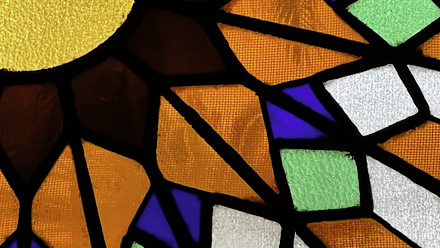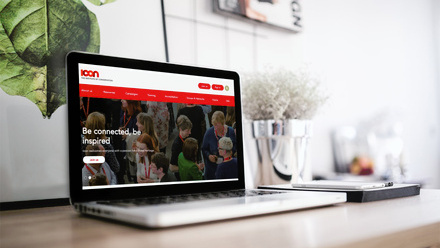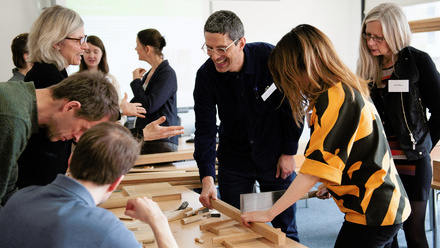Tracing paper is a special material within the varieties of paper. It has a high translucency and is used for architectural drawings. Its translucent nature and smooth surface makes it an interesting material for artists as well.
There are three major groups of tracing papers: impregnated papers, papers exposed to acid and papers which are made from over beaten fibre pulp. Each manufacturing process influences the dimensional stability of these papers.
Tracing paper has high expansion and shrinking behaviours, when in contact with water. Therefore conservators are confronted with special problems when treating this kind of paper.
In this seminar the different historical fabrication processes will be explained. We will also look at the special properties of tracing papers created during production. How these properties impact conservation treatment will be considered.
This will be a 55-min presentation with a 15min discussion.
Since 1986, Hildegard Homburger has been a paper conservator in private practice in Berlin, Germany, concentrating on art on paper, architectural drawings and photo-reproductions. She has been a guest lecturer at the Staatliche Akademie der Bildenden Künste in Stuttgart, the Akademie der Bildenden Künste in Vienna and the Technical University in Berlin.
She has been teaching professional development seminars since 2000. These include the “Conservation of Tracing Paper”, “Identification of Prints”, “Water and Paper: Conservation Principles” and “Photoreproductions” at her Berlin studio and in Europe and the USA.



